Plant Peonies in Your Flower Garden This Fall
Updated: May 25, 2023
Want peony blooms every spring? Plant fall peonies to enjoy these beauties in your flower garden. Also learn when to divide peonies.
Our editors and experts handpick every product we feature. We may earn a commission from your purchases.
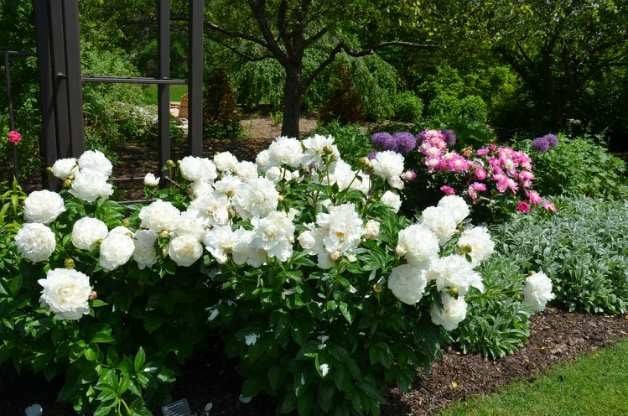
Have you ever seen peonies in full bloom? If you have, it’s hard to forget the large, beautiful blooms that decorate the spring landscape. So, why are we talking about peonies now, when spring is long past and fall is on its way? The reason is that fall is the best time to plant peonies.
Check out the top 10 fall blooming perennials for your garden.

Peonies come in many different colors, shapes and varieties. In fact, the only flower color that you won’t find in peonies is blue. Peonies are a great choice for those who live in zones 3 to 8, where winters are cold enough to help promote bud formation. Although peonies look like they would be hard to grow, they aren’t at all. These easy-to-grow plants make a great choice for anyone, from beginners to more experienced flower gardeners. Once planted, peonies can live with little care for up to 100 years. Learn all about peony meaning, symbolism and history.
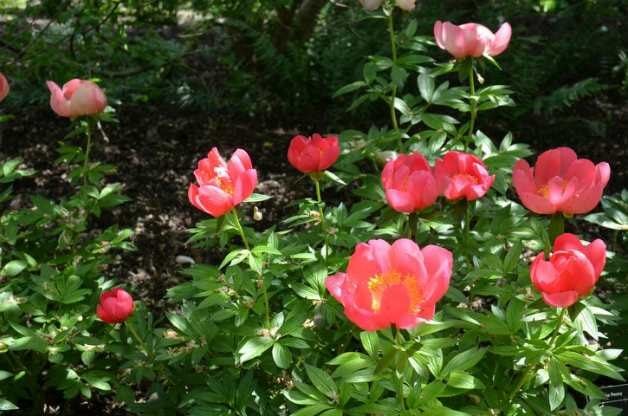
If you are tired of envying your neighbor’s flowering peonies each spring, how about planting your own this fall? Are you ready? Let’s get started:
Planting Peonies in Fall
1. Location
Select an area that receives at least 6 hours of full sun—more sun is better. Keep them away from other trees and shrubs where root competition can be a problem. Individual peonies should be planted at least 4 feet apart to allow them enough room to grow while ensuring good air circulation.
2. Soil
Peonies need well-drained and fertile soil—they do not like soggy soil.
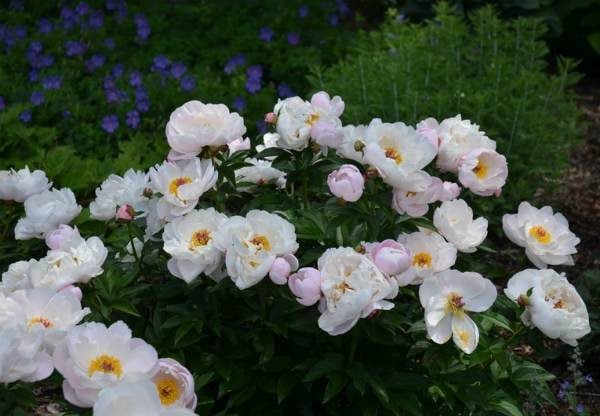
3. Planting Tips
Dig a hole that is approximately 2 feet deep and wide. Amend the existing soil with compost to improve drainage, add nutrients and microorganisms. A good rule of thumb is to add 1 part compost to 1 part existing soil and mix together. For best results, add phosphorus or a granular all-purpose fertilizer to the compost/soil mixture (bone meal is a good source of phosphorus). After mixing the compost and fertilizer with the existing soil, fill the hole back up and tamp it down to remove air pockets.
4. Choose Healthy Peony Plants
Peonies are usually planted in their bare root form. Each bare root should have at least 3 ‘eyes’, which are small red buds that will later grow into stems. Each bare root tuber should be planted just 2 to 3 inches deep and positioned so that the eyes are pointing upward. It’s important to not plant them too deeply. Water well after planting.
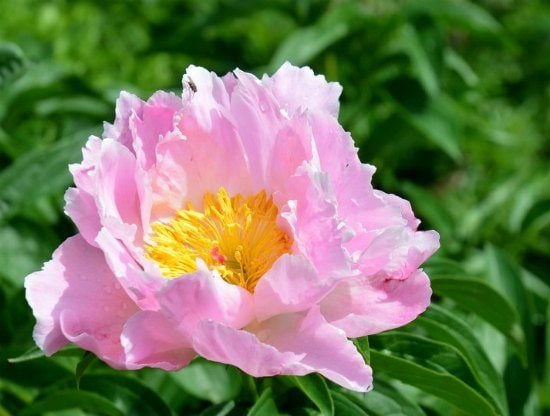
That’s it! Now you can sit back and dream of the beautiful flowers that will decorate your flower garden in spring. It’s important to note that fall peonies usually take at least 2 to 3 years after planting before producing blooms—but they are worth the wait!
When to Divide Peonies
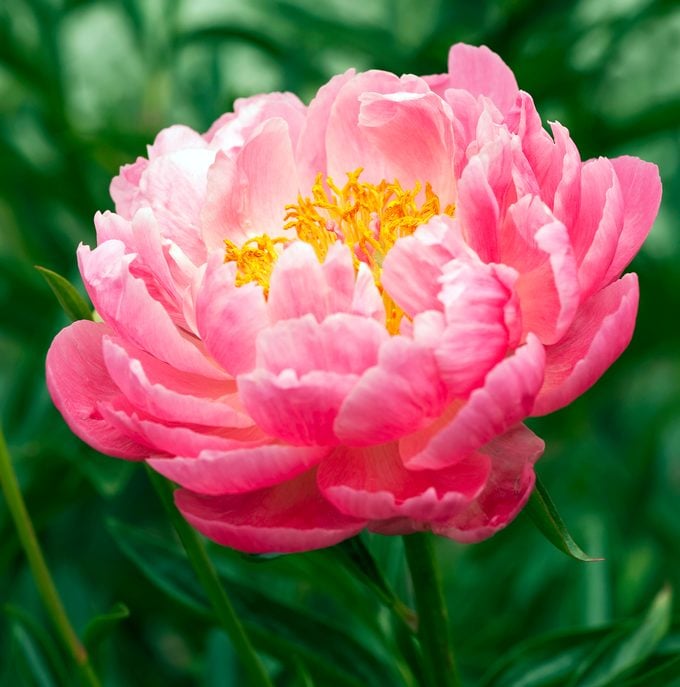
“When should I split my peonies: fall or spring?” asks Michael Picard of Green Bay, Wisconsin.
Garden expert Melinda Myers: “Peonies are long-lived and need dividing only when you want to move them or start new plants. For best results, dig and divide peonies in fall after the leaves turn yellow or are killed by frost.
Carefully remove the clump and cut it so each section has at least three to five eyes. Plant the rhizome (the swollen underground stem) in properly prepared soil, with the eyes no more than 1 to 2 inches deep, and water thoroughly. It’s normal for plants to not bloom the following spring; it may take them a year to establish and start flowering.”
Next, check out the ultimate guide to planting spring bulbs.



















